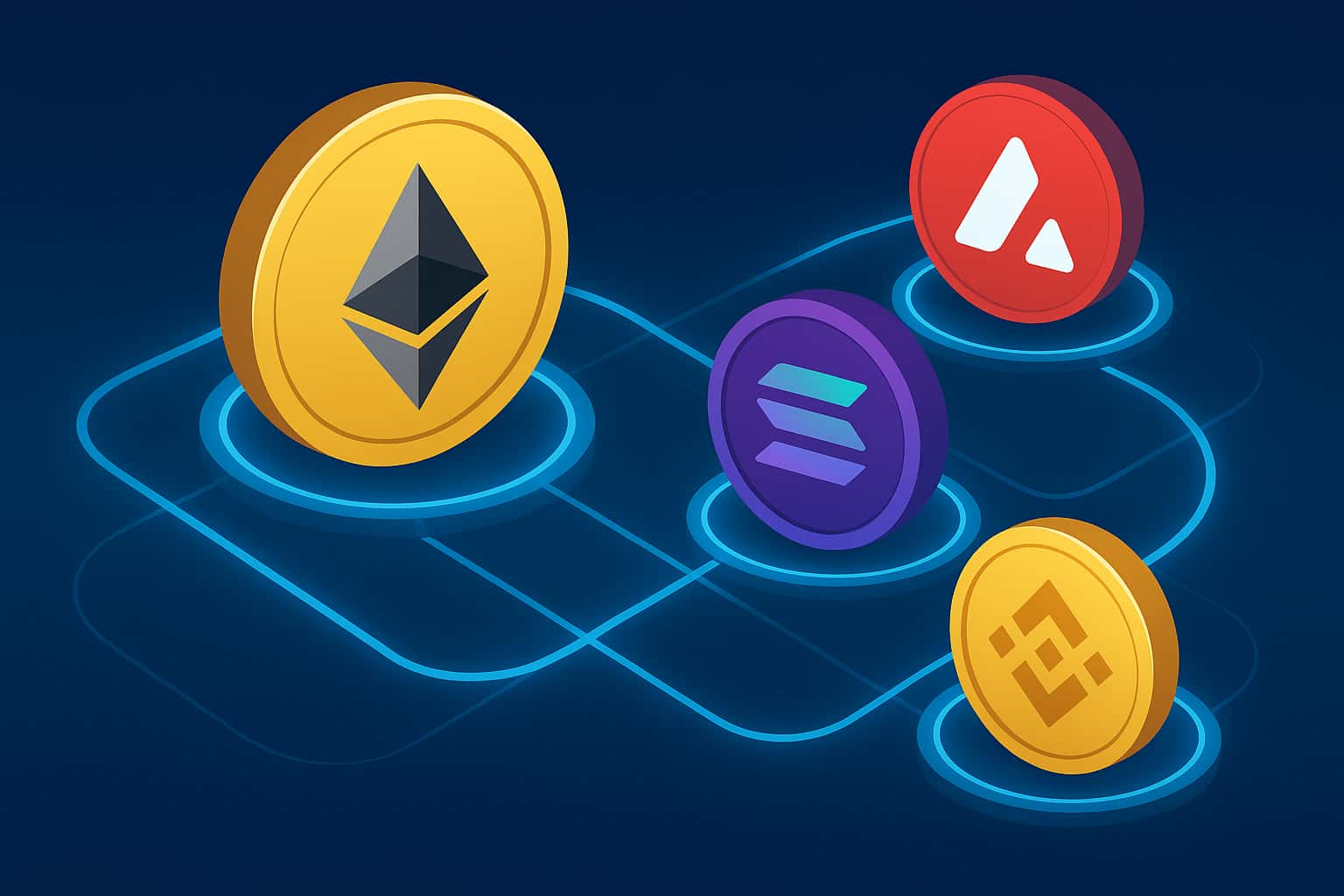Definition
Blockchain is a shared, immutable digital ledger that records transactions across a network of participants. Each record (block) is cryptographically linked to the previous one, creating an unalterable sequence verified by the network rather than a central authority. (IBM)

 Blockchain Application Development
Blockchain Application Development
 Fintech Blockchain App Development
Fintech Blockchain App Development
 Hyperledger Application Development
Hyperledger Application Development
 STO Development Services Company
STO Development Services Company
 Exchange Development
Exchange Development
 Cryptocurrency Wallet Development
Cryptocurrency Wallet Development






